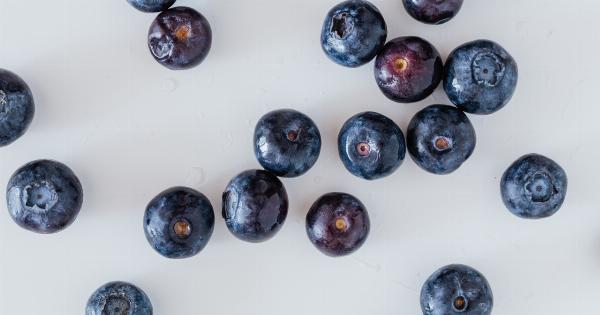Wine has been around for centuries and is enjoyed by people all over the world. Whether you are new to the world of wine or have been a connoisseur for years, there are always new things to learn about this fascinating beverage.
Here are 10 commonly asked questions about wine that will help you understand the basics.
What is wine?
Wine is an alcoholic beverage made from fermented grapes. The grapes are crushed, and the juice is left to ferment with yeast, which converts the sugar in the grapes into alcohol.
The process typically takes several weeks to several months, depending on the type of wine being made.
What are the different types of wine?
There are several types of wine, including:.
- Red wine
- White wine
- Rosé wine
- Sparkling wine
- Fortified wine
Each type of wine has a unique flavor and aroma, and is made using a different combination of grapes and fermentation techniques.
What is the difference between red and white wine?
The main difference between red and white wine is the type of grape used to make them. Red wine is made from dark-colored grapes, while white wine is made from green or light-colored grapes.
Additionally, red wine is fermented with the skins and seeds of the grapes, which give it its characteristic color and tannins. White wine is fermented without the skins and seeds, resulting in a lighter color and smoother taste.
What is tannin?
Tannin is a naturally occurring compound found in grapes, as well as in other plants such as tea and oak trees. It is responsible for the dry, puckery feeling you get in your mouth when you drink wine, especially red wine.
Tannin is more prevalent in red wine because it is fermented with the skins and seeds of the grapes, which contain tannins.
What is the alcohol content in wine?
The alcohol content in wine can vary depending on the type of wine and how it was made. Most wines have an alcohol content between 11% and 15%, with some fortified wines having even higher alcohol content.
What is the proper way to store wine?
Wine should be stored in a cool, dark place with a consistent temperature. Ideally, the temperature should be between 55 and 65 degrees Fahrenheit. Wine should be stored on its side to keep the cork moist, which helps prevent air from entering the bottle.
Air can cause the wine to spoil and lose its flavor.
What is the difference between a vintage and non-vintage wine?
A vintage wine is made from grapes harvested in a specific year, while a non-vintage wine is made from grapes harvested from multiple years.
Vintage wines are typically more expensive and are considered to be of higher quality because the grapes were harvested in ideal conditions. Non-vintage wines are more common and are typically less expensive.
What is the best food to pair with wine?
The best food to pair with wine depends on the type of wine and your personal taste preferences. As a general rule, white wine pairs well with lighter foods such as fish and chicken, while red wine pairs well with heavier foods such as beef and pasta.
However, there are no hard and fast rules and experimentation is key to finding the perfect pairing.
What is the difference between a dry and sweet wine?
The sweetness of wine is determined by the amount of residual sugar it contains. Dry wines have little to no residual sugar, while sweet wines have higher levels of residual sugar.
The sweetness of the wine can also be affected by the type of grape used and the fermentation process.
What is the proper way to serve wine?
Wine should be served at the appropriate temperature and in the proper glass. White wine is best served chilled, while red wine is best served at room temperature.
Wine glasses should be filled about one third full to allow for swirling and releasing the aroma of the wine. Additionally, each type of wine is best served in a specific type of glass to enhance its flavor and aroma.



























